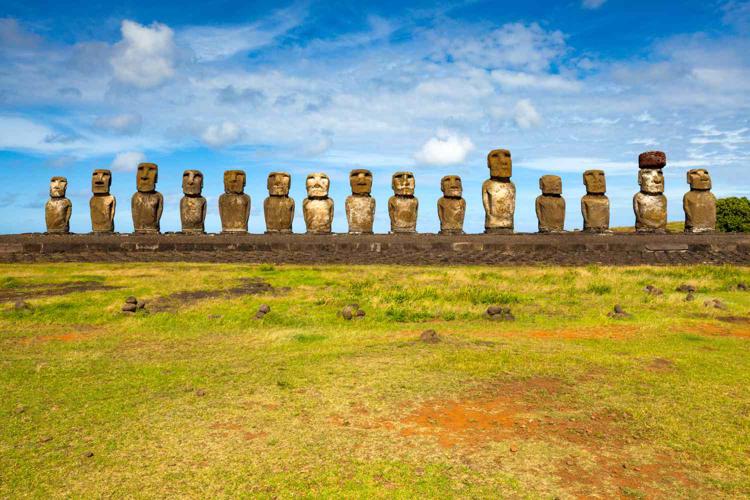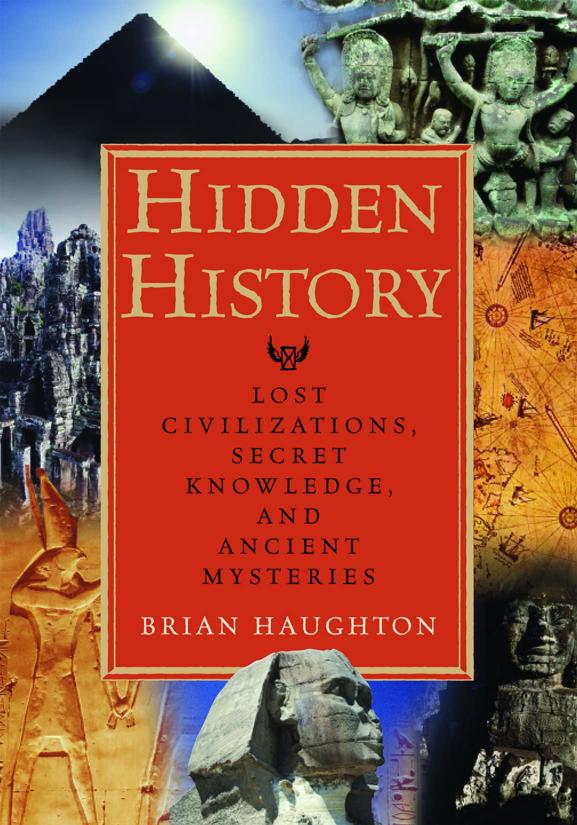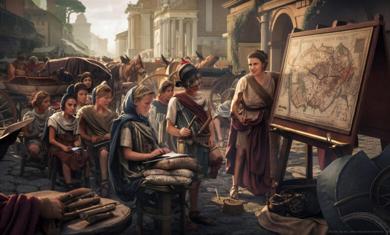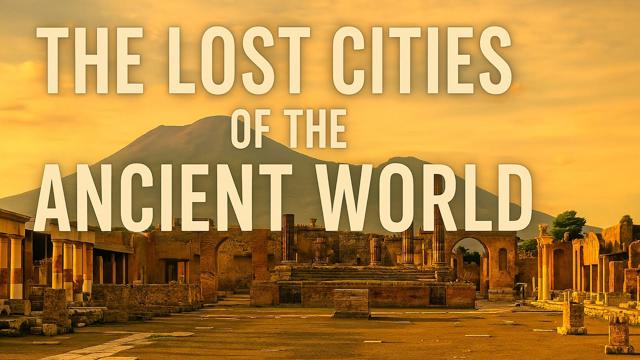Rediscovering the Origins of Civilization's Cradle
Exploring the Dawn of Human Civilization: From Prehistory to the Cradle of Civilization
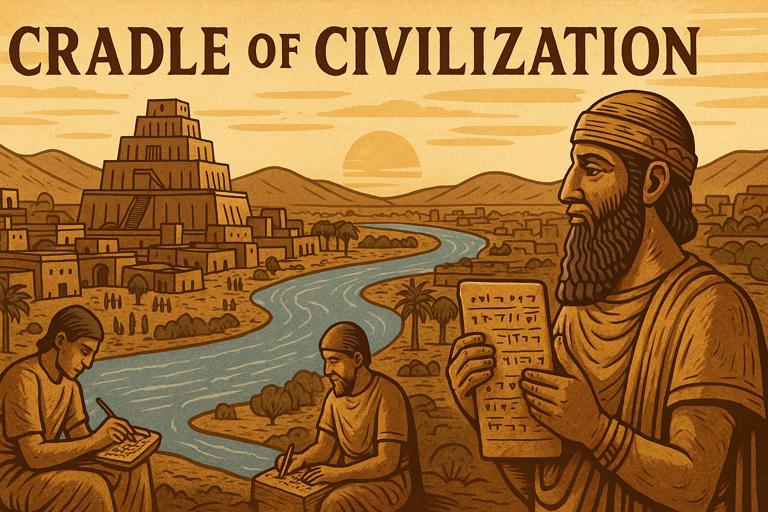
Frequently Asked Questions
The cradle of civilization typically refers to regions like Mesopotamia, the Nile Valley, and the Indus Valley. These areas witnessed the earliest development of human society characterized by advances in agriculture, writing, and governance, fundamentally shaping human culture.
The Agricultural Revolution allowed humans to transition from nomadic lifestyles to settled farming, which led to food surpluses, increased populations, and the formation of complex societies with specialized roles, governance, and trade.
Step by Step Guide
1
Understanding Prehistoric Societies
Before diving into the cradle of civilization, it's crucial to explore prehistory, which includes the Paleolithic, Mesolithic, and Neolithic periods. This includes understanding early human life, hunting-gathering societies, and the gradual transition to agriculture.
2
Identifying Key Locations
Focusing on regions often recognized as civilization's cradle—such as Mesopotamia, the Nile Valley, the Indus Valley, and the Yellow River basin—provides insight into where early complex societies developed.
3
Examining Agricultural Revolution
Learn how the Agricultural Revolution marked a significant turning point by transitioning humans from nomadic lifestyles to settled farming communities, leading to population growth and social structures.
4
Development of Writing Systems
Explore how the invention of writing emerged in the cradle of civilization, allowing for the documentation of history, culture, and governance, significantly enhancing communication and administration.
5
Social Stratification and Governance
Analyze how early civilizations established hierarchies and governance structures, from the roles of kings and priests to the development of laws and societal norms that provided order and stability.
6
Trade and Economic Systems
Investigate the role of trade as civilizations grew, including how trade routes were established and how they enabled cultural exchange, leading to advancements in technology and art.
7
Religious Beliefs and Cultural Practices
Delve into the religious practices and cultural rituals that shaped the identity of ancient civilizations. Discuss the pantheons of gods worshipped and the impact on daily life.
8
Technological Advancements
Outline the key technological innovations that emerged from these early societies, such as irrigation, wheel, metallurgy, and architecture that enhanced efficiency and quality of life.
9
The Role of Art and Architecture
Explore how art and monumental architecture reflected the values, beliefs, and advancements of early civilizations, from cave paintings to ziggurats and pyramids.
10
Conclusion and Reflection
Reflect on the overall significance of these early civilizations in shaping modern society. Consider how lessons from these societies inform contemporary issues and the continuous evolution of human cultures.




